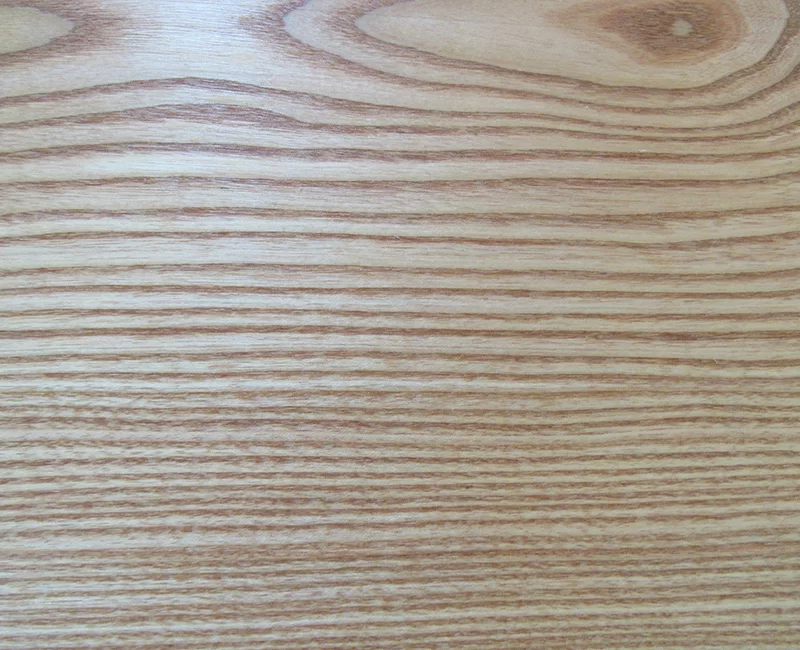Chestnut: Domestic Hardwood
This prolific hardwood used to cover the forests of the eastern U.S. when settlers first came to this area. This species was used for almost all types of buildings and structures as the settlers started carving out their new lives. A blight in the 1900s wiped out this species from the forests, making it a near-legendary wood most often reclaimed from old barns and structures.
We currently have a small batch of chestnut lumber that is not reclaimed. This chestnut is actually from a small batch of trees that made it through the blight and had died due to age and storm damage. The trees were harvested at that point, but not before their DNA could be used to help create seedlings that hopefully will be blight resistant. Research is being done to replant the forests of the U.S. with this species, in hopes of making it available for other generations.

Characteristics
| Origin of Wood Type | Eastern U.S. |
| Botanical Name | Castanea Dentata |
| Specific Gravity | .40 |
| Avg. Weight Per BF | 3.2 lbs |
| Color Range | Light tan to gold brown |
| Rarity / Availability | Rare in new lumber and limited in reclaimed |
| Typical Avg. Width | 4 inches or wider |
| Typical Avg. Length | 4 feet |
| Avg. Waste Factor | 25% |
| Wood Uses | Woodworking, flooring, and paneling |
| Lumber Grades | Most reclaimed, so not graded |
| Other Trade Names | American Chestnut, Wormy Chestnut, Reclaimed Chestnut |
